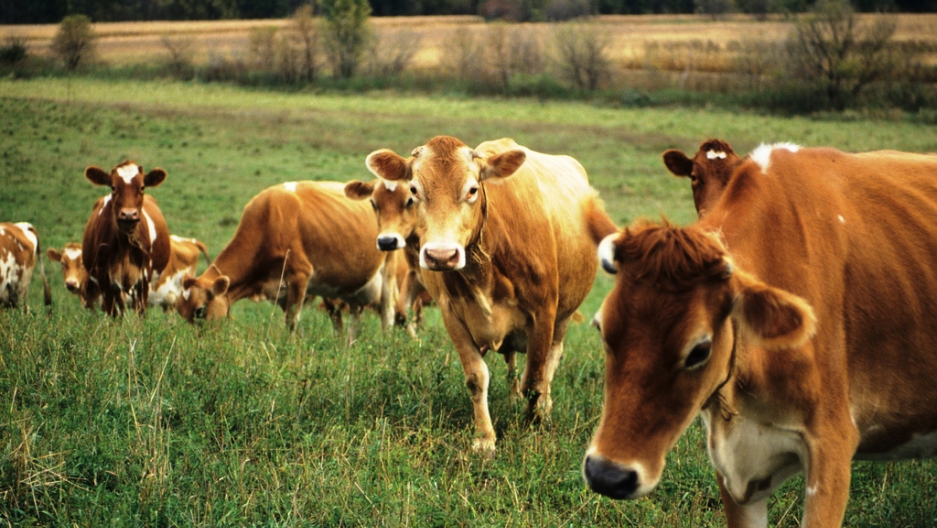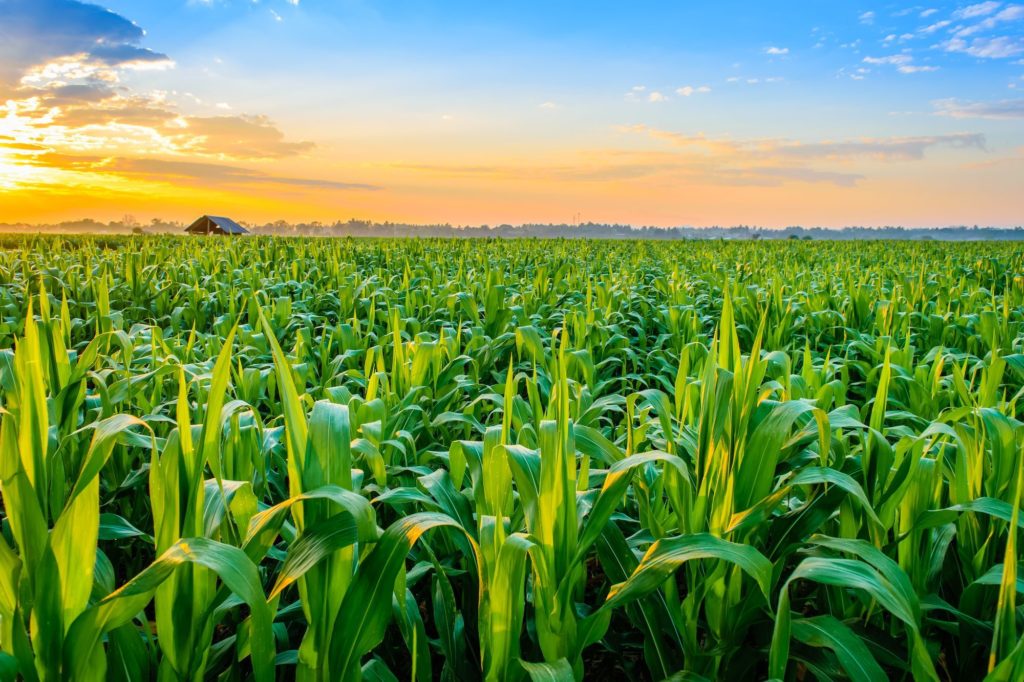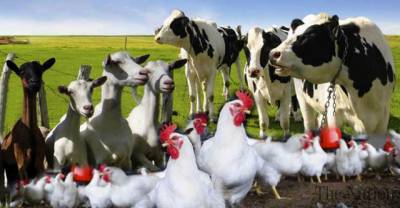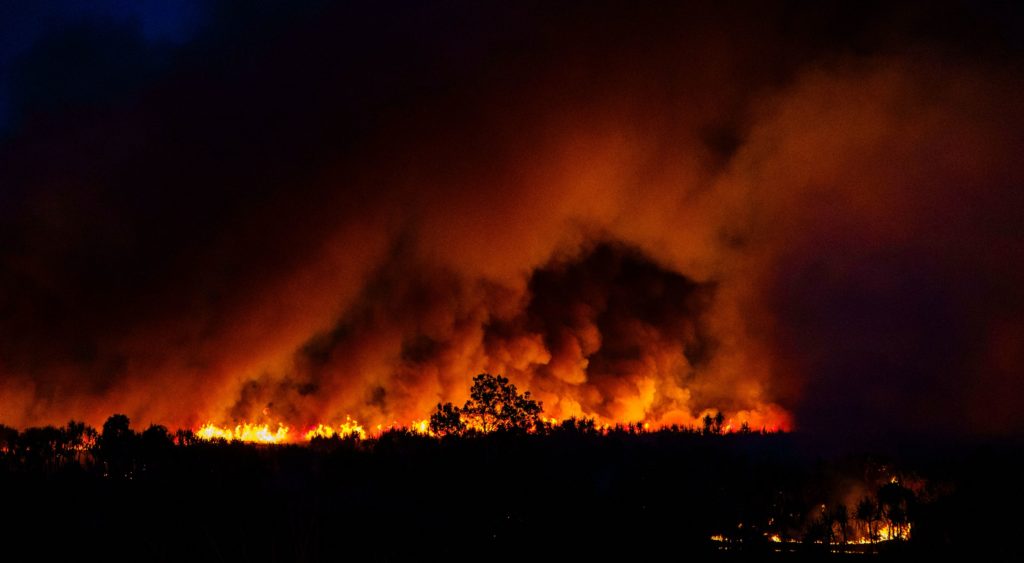



The total value for Australian agricultural goods and livestock increased by 3%. These goods were valued at $60 billion despite droughts and other hazardous events.
The total number of crops increased one per cent and the figure was estimated at $30 billion. This increase occurred even after a large fall in the value of broadacre crops. These broadacre crops are considered to be more than half of the total value of crops. Moreover, even though several droughts affected the growth of broadacre crops in New South Wales and Queensland, there was a great increase in Western Australia. Nonetheless, the eventual outcome of horticultural crops was also mixed.


In 2019, the total value of livestock, and its related products, increased by four percent. The figure, in 2019, was recorded at $31 billion. Hence, it can be concluded that there was an elevation in livestock slaughtering and disposals because of the gloomy environmental conditions.


In 2018-19 many Australian farmlands experienced severe droughts and other environmental calamities. Indeed, this has affected the production of crops and livestock. In fact, New South Wales and Queensland were especially affected by these unfortunate droughts.
As of the pandemic, which is quickly taking over the world, there were no such impacts witnessed in the farming world in 2018-19. Moreover, it seems that the bushfires have also had little impact in New South Wales, Victoria and the Australian Capital area. However, the ABS continues to analyze the potential effects of such events on the horticultural field.


Article by: Hari Yellina (Orchard Tech)